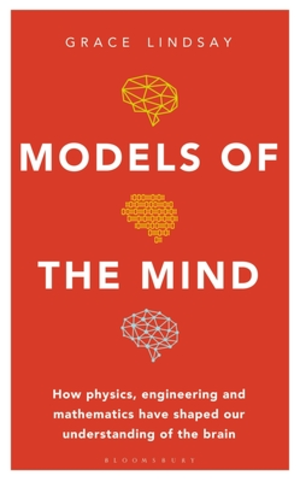
Models of the Mind: How Physics, Engineering and Mathematics Have Shaped Our Understanding of the Brain
- Book
- May 4, 2021
- #Neuroscience #Cognitivescience
The brain is made up of 85 billion neurons, which are connected by over 100 trillion synapses. For over a century, a diverse array of researchers have been trying to find a language...
Show More
Number of Pages: 400
ISBN: 1472966422
ISBN-13: 9781472966421
Mentions
See All
vishalsachdev.eth(📜,📜)🔮 @vishalsachdev
·
Jun 28, 2022
- Answered to What's the most mind-bending essay, article, or book you've read recently?
- From Twitter
Daniel Marin @danielmarin1983
·
Nov 25, 2022
- Answered to What was the most interesting book you read this year?
- From Twitter
Nicole Barbaro @NicoleBarbaro
·
Nov 25, 2022
- Answered to What was the most interesting book you read this year?
- From Twitter